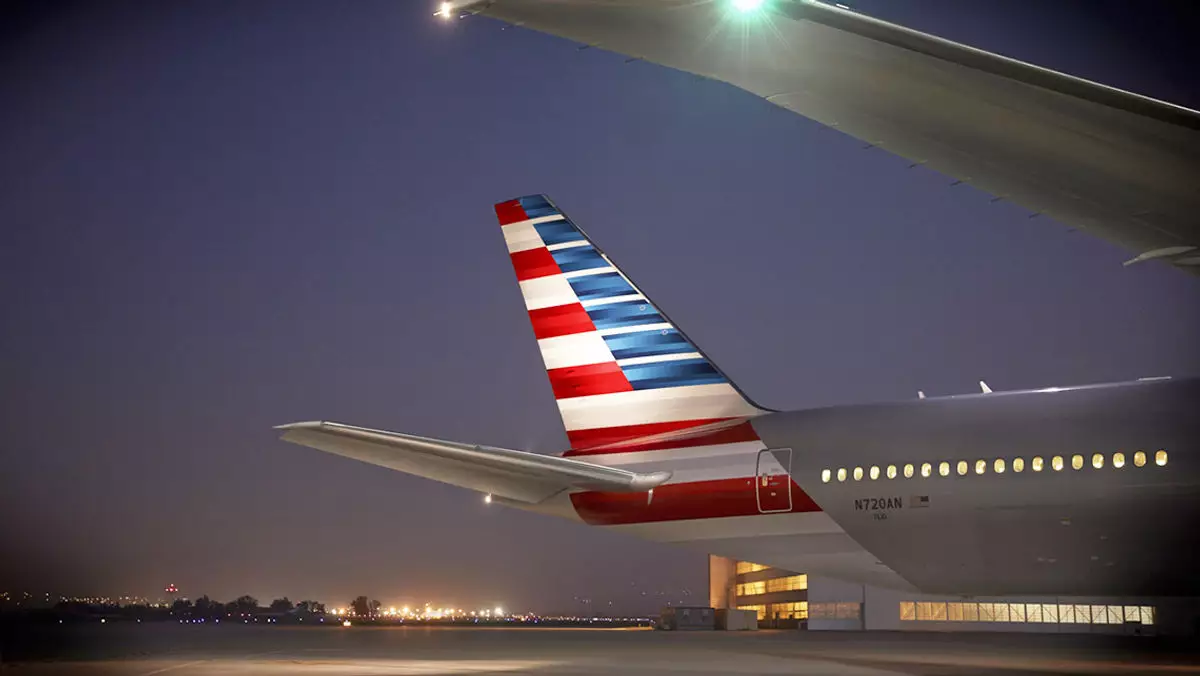In a recent meeting of significant importance, Robert Isom, the CEO of American Airlines, engaged with President Donald Trump and Transportation Secretary Sean Duffy to discuss the pressing matters surrounding aviation safety in the wake of a tragic accident involving an American Eagle regional plane and an Army helicopter. This meeting, which occurred just two weeks after the calamity resulted in the loss of 67 lives, highlighted the urgent need for a transformative approach to the air traffic control system in the United States.
The collision, which unfolded near Reagan National Airport, has prompted intense scrutiny from various stakeholders regarding the methods of air traffic management currently in place. As investigations continue, the National Transportation Safety Board (NTSB) is set to reveal preliminary findings, but the existing concerns over outdated air traffic control technology have already garnered widespread attention.
During the Oval Office meeting, the trio emphasized the need to invest in a state-of-the-art air traffic system aimed at enhancing operational safety. President Trump, in a speech following the accident, criticized what he termed “**obsolete technology**” and vowed to prioritize advancements in air traffic control infrastructure. This sentiment mirrors the frustration felt by industry professionals and the public alike, especially following the NTSB’s disclosure that air traffic control had inaccurately represented the helicopter’s position, indicating the necessity for modernization to avoid future mishaps.
This backdrop of urgency coincides with ongoing endeavors such as the FAA’s NextGen initiative, which although intended to overhaul air traffic management, faces criticisms of inefficiency and delayed implementation. A recent report from the Office of the Inspector General for the DOT highlights that, despite nearly $20 billion invested since 2007, NextGen may not deliver on its original promise, raising concerns about the system’s ability to meet safety and efficiency demands moving forward.
In response to potential technological failures, Secretary Duffy announced a collaboration with Elon Musk’s Department of Government Efficiency, aiming to inject fresh ideas and innovations into America’s aviation systems. While the involvement of such a high-profile figure offers hope, it also raises questions about the viability of a private-sector approach in addressing public safety concerns within aviation infrastructure.
As American Airlines issues statements regarding their commitment to improve aviation safety, it’s imperative that the industry not only increases investment in technology but also prioritizes empathetic engagement with the families affected by recent tragedies. The airline’s focus on supporting the victims’ families is commendable, but it must be matched with swift and effective action to prevent similar incidents in the future.
The recent discussions between American Airlines leadership and government officials are indicative of the critical crossroads facing U.S. aviation safety. As stakeholders grapple with improving outdated systems, an integrated approach that combines technological investment, regulatory reform, and collaborative efforts with industry leaders is vital. The tragedy at Reagan National Airport mandates that immediate and strategic action be taken to not only heal the wounds of those affected but to also safeguard the skies for all future flights.


Leave a Reply